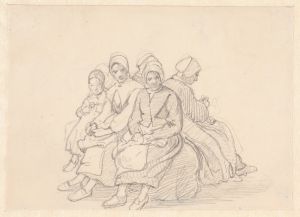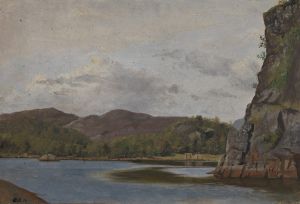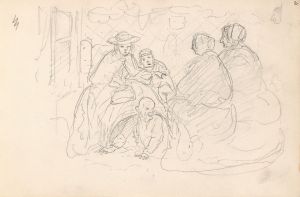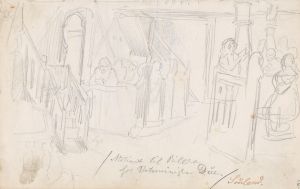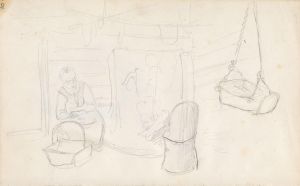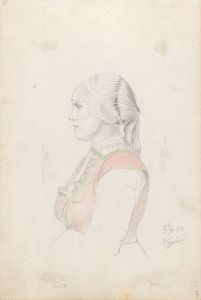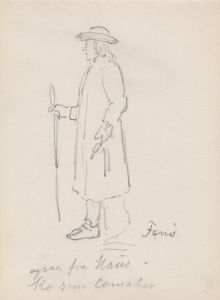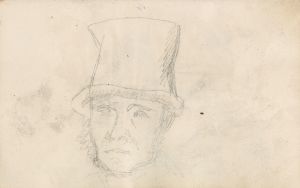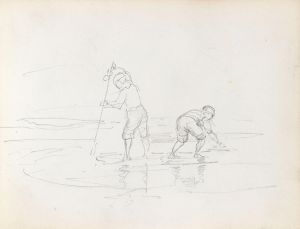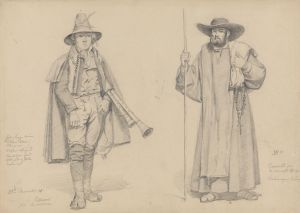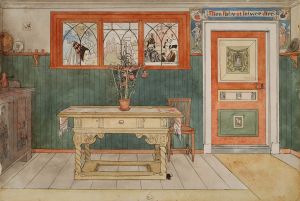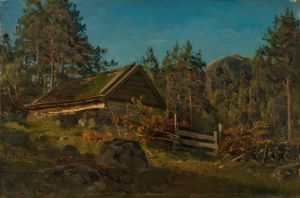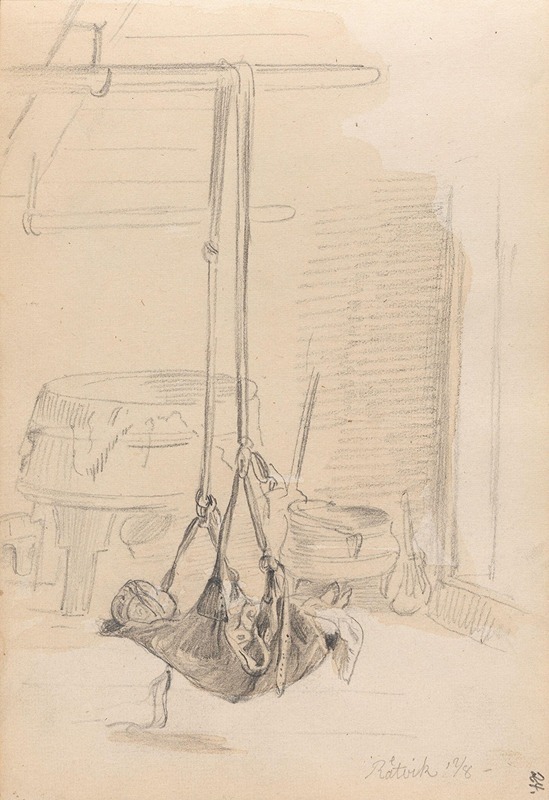
Barn i hengevugge, Rättvik
A hand-painted replica of Adolph Tidemand’s masterpiece Barn i hengevugge, Rättvik, meticulously crafted by professional artists to capture the true essence of the original. Each piece is created with museum-quality canvas and rare mineral pigments, carefully painted by experienced artists with delicate brushstrokes and rich, layered colors to perfectly recreate the texture of the original artwork. Unlike machine-printed reproductions, this hand-painted version brings the painting to life, infused with the artist’s emotions and skill in every stroke. Whether for personal collection or home decoration, it instantly elevates the artistic atmosphere of any space.
Adolph Tidemand, a prominent Norwegian painter of the 19th century, is renowned for his depictions of rural life and traditional customs in Norway. One of his works, Barn i hengevugge, Rättvik (translated as Child in a Hanging Cradle, Rättvik), exemplifies his focus on everyday life and cultural practices. Painted in 1849, this artwork portrays a scene from Rättvik, a locality in Dalarna County, Sweden, known for its rich folk traditions and distinctive cultural identity.
The painting features a child lying in a hanging cradle, a traditional form of infant bedding commonly used in Scandinavian households during the 19th century. The cradle, suspended from the ceiling, was designed to gently rock the child to sleep, reflecting the practical and resourceful nature of rural life at the time. Tidemand’s attention to detail captures not only the cradle itself but also the surrounding interior, providing a glimpse into the domestic environment of the period. The warm, earthy tones and soft lighting evoke a sense of intimacy and tranquility, emphasizing the bond between the child and their home.
Adolph Tidemand was deeply influenced by the National Romantic movement, which sought to celebrate and preserve the cultural heritage of Nordic countries. His travels across Norway and neighboring regions, including Sweden, allowed him to document and immortalize traditional ways of life through his art. Barn i hengevugge, Rättvik is a testament to his dedication to portraying the everyday lives of ordinary people, highlighting the shared cultural elements across Scandinavian communities.
The painting is part of Tidemand’s broader body of work, which often focused on themes of family, tradition, and rural life. While much of his art is associated with Norwegian culture, this particular piece reflects his interest in the broader Scandinavian context, showcasing the similarities and connections between neighboring regions.
Today, Adolph Tidemand is celebrated as one of Norway’s most significant painters, and his works continue to be studied for their historical and cultural value. Barn i hengevugge, Rättvik remains an important example of his ability to combine artistic skill with ethnographic observation, offering viewers a window into the past and a deeper understanding of Scandinavian traditions.





